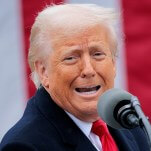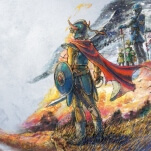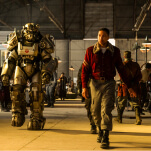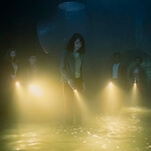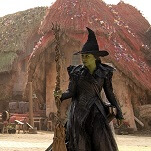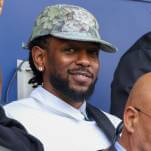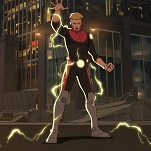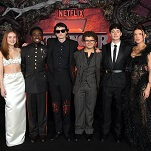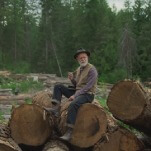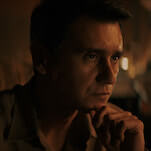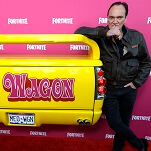One White House memo noted that day-to-day communications between the Pentagon and presidential emergency facilities at Mount Weather, Camp David, and the White House were “satisfactory” under normal conditions. But during a civil disorder, or “uncoordinated sabotage,” it was obvious that satisfactory wouldn’t suffice. And in a conventional or nuclear war, it was determined that the facilities would provide “little protection”—in other words, whichever survivors were stashed there probably wouldn’t survive for long before being targeted themselves.
Realizing that the country’s nuclear quarterbacks were at constant risk of incineration, a task force suggested a decentralized scheme where five different 50-person “presidential successor support teams” would deploy to assist the top men. But if Carter and VP Walter Mondale died, it would also be difficult for the current commander-in-chief to prove his identity remotely. An older solution involved new presidents just saying a code word like “FOUR FINGER,” as if they were getting into a treehouse rather than the nuclear arsenal. With the addition of these randomly located support teams, or “TREETOP cadres,” the process got more ambitious:
The first thing that a deployed team would do was to identify and authenticate the actual president—the ranking successor. The details of the system they developed remain highly classified, but as it was described to me, it involved what might be the first example of “tracking chips” embedded in presidential successor support cards, which would be amplified by radio frequency repeaters. The signals would be collected by FEMA and the National Military Command Center. Other critical technology that would be deployed to assist the would-be presidents would also be tagged and tracked, which might offer a layer of protection against spoofing. (The plan, however, flew ahead of the technology available to make this work. It wasn’t until the George W. Bush administration that the government could passively and electronically track some presidential successors by satellites and the cellular phone system.)
FP’s full story is well worth a read. As Battlestar Galactica and no less than three Roland Emmerich movies have taught us, imagining presidential lines of succession in an apocalypse is always fun. Or at least more fun than thinking about what will happen to you personally at the same time.
[via Metafilter]



